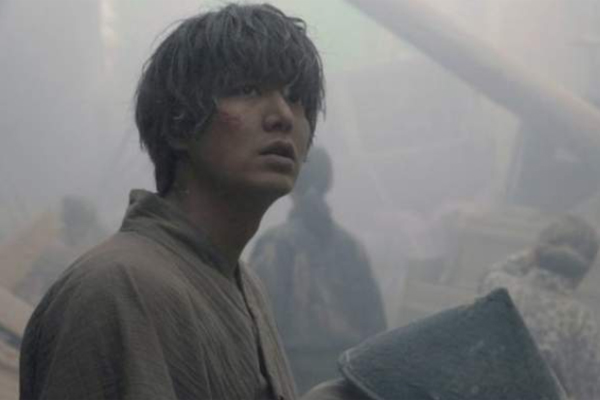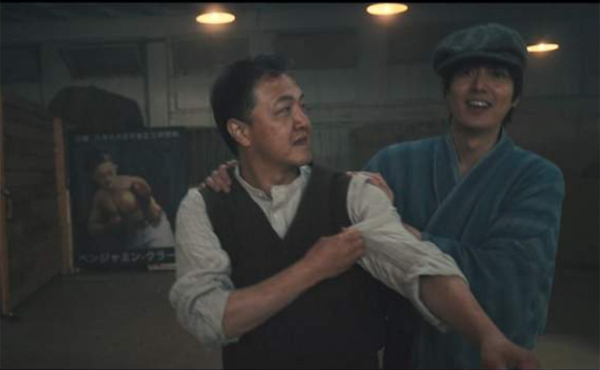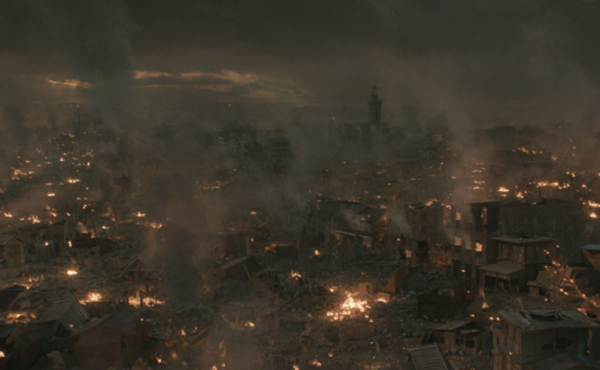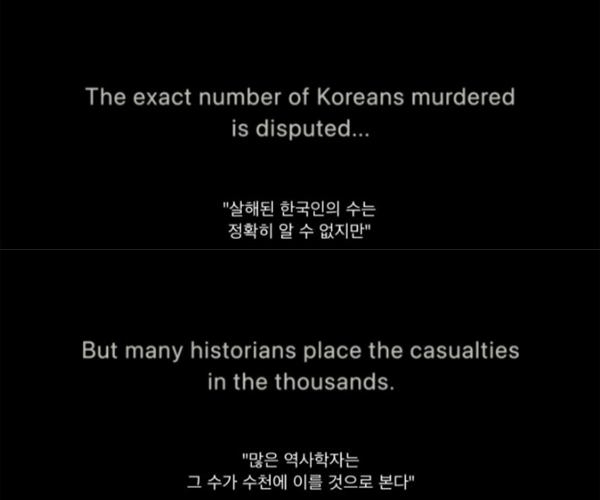



Yokohama, 1923. The Apple TV + original series 'Pachinko' brought the time and space to the story of Ko Han-soo (Lee Min-ho), but also to include the horror of the Kanto Earthquake that took place in the day. The drama shows the spectacular view of Yokohama's lively streets and the whole City through the scene where Hansu and his father (Jung Woong-in) walk together. After all, this energetic City is a speckle that shows as a premise to capture what turns into hell by Earthquake overnight.
Hansu, who met Seonja (Kim Min-ha) in Youngdo, Busan, and had a child, went to study in the United States and made a lot of money in Japan. In the end, Hansu, who hides the fact that he is a married person and has a child to the good person, never feels like a good person. However, 'Pachinko' depicts what kind of historical text he has become in, and presents the tragedy that he has experienced through the Kanto Earthquake as an occasion.
Hansu and Hansu father who lived with dreams even though they were Jeju residents but went to Yokohama and lived in poverty. Hansu's father, who was quick to count, was recognized and lived under the humiliation of Yakuza, but he was blinded by love and embezzled money and eventually became in danger of dying. But at that moment, the Kwandong Earthquake occurs and dies in a collapsed building, and the surviving Hansu escapes from the City where the aftershock continues with the Yakuza boss and turns into hell.
What is noteworthy, however, is that this drama captured the massacre of Koreans in the contemporary era in the tragedy of the Kanto Earthquake. The Earthquake has led to the escape of Korean sinners, and rumors that they are plundering, and even the poison in the water. Eventually, there are terrible things that massacre Koreans as the vigilante walks around.
Interestingly, the historical fact of the Korean massacre in the Kwandong Earthquake is filled with 'Pachinko' without any hesitation, helping the head of the Yakuza. It also contains Japanese people who hide Hansu and Koreans as the same human beings while drawing the terrible atrocities of vigilantes. 'Pachinko' paints the terrible history of the time, but it does not demonize all Japanese people.
In fact, 'Pachinko' is a work that former World praises and praises, but the reason why it is turned away from the poisonous Japan is because Baro boldly deals with the history that these people deny. But here too, the proper sense of balance that 'Pachinko' has seems important. Rather than just emotionally demonizing and drawing the horrors of the day, it creates a universal consensus by putting the appropriate distance. This is why the history of 'Pachinko' is more convincing.
'Pachinko', which tells the story of how Hansu grows through the historical background of Kwandong Earthquake, added a short subtitle at the end of the 7th. 'On September 1, 1923, a magnitude 7.9 Earthquake hit the Kanto area; more than 100,000 people were killed, among them Koreans who were innocently sacrificed by the Japan vigilante. The number of Koreans killed is not known exactly, but many historians believe the number will reach thousands.'
Perhaps the heart of the spectacle that restored the 7th 'Pachinko' to the Kwandong Earthquake and restored the streets and cities of the time to add CG is in this subtitle. A few lines of subtitles are enough historical facts, but I wonder if there is a good example of how a drama can tell the whole World how to deny the history of them.